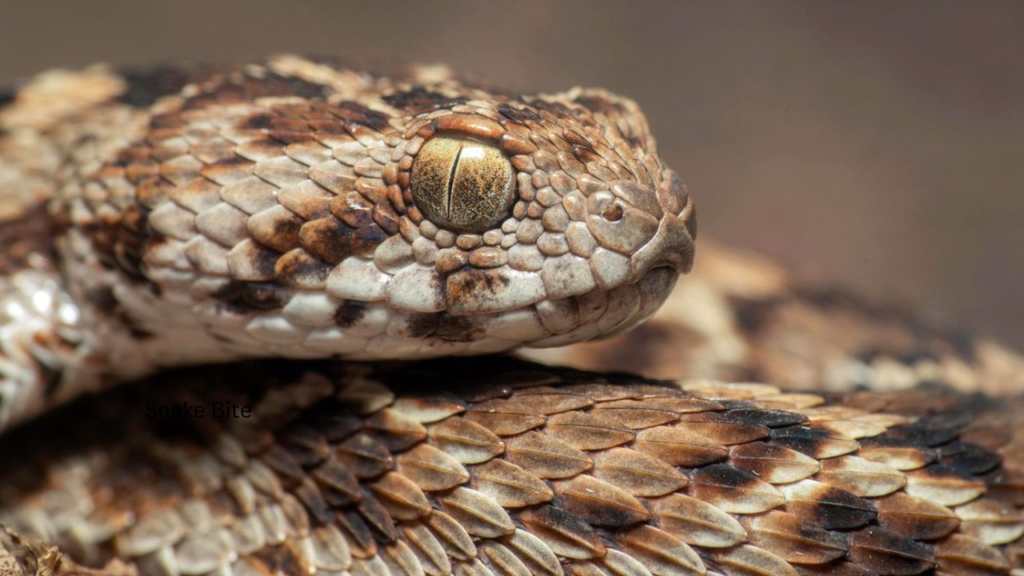Monsoon season means snake infestation. Almost every day we hear about snakebite deaths in the news. Tenads are present everywhere in the wet fields, in the forests. If the lime is removed from the drink, it will be fine. Opposite picture in one shot. But with proper treatment within moments of being bitten, it is possible to save the patient’s life. Sadly, many people are still dying in this state due to lack of awareness and ignorance. What is the next step in snakebite? More…
Kalach, Chandrabora, Keute, Gokhro. During the monsoons, rural Bengal is thorny with the fear of this great four. Elsewhere in the country, these four species of snakes are a nuisance during monsoons. There are also poisonous snakes. Shankhchur, Shankhamuti. Recently added to this is the threat of the Yellow Belly Sea Snake. This snake, which is native to the Arabian Sea, was recently spotted on the beach in Digha. This snake is more dangerous than this Maha-char. First AVS won’t work. The intensity of the poison on him is so high that there is no time to take him to the hospital.
This figurative death angel is sometimes caught in the fishermen’s nets. Many people lost their lives in the middle of the sea due to its sting. But common people have nothing to panic about. Our thoughts are about Maha-chara. There are many deaths due to Maha-Char’s attack. A picture elsewhere in the country. According to the government, an average of 50,000 people die from snake bites in India every year. But according to the private sector, the number is millions.
Most people do not understand the bite of Kalach. In the remaining cases, it is difficult to save the patient due to the time lost by weighing and counting. But this is not supposed to happen. A snake bite is not a life. Because we have the Brahmastra AVS in our hands to fight the snake attack. This injection is also stocked in block primary level hospitals. If 100 milliliters can be injected into the patient’s body within 100 minutes of the bite. It will be poisoned. All will be saved.
Australia has more venomous snakes than India. But despite this, there is no precedent for more than four or five snakebite deaths in five years. And how many people die every year due to superstition in our rural Bengal. But unfortunately, even though more lives are lost than dengue and malaria, there is not much publicity on the issue of snakebite at the government level. A few doctors, teachers and rational society people are only working to raise awareness about this on their own initiative.
It is a sad but true fact that snakebite treatment is grossly neglected in the MBBS syllabus. That may be because it is a ‘neglected rural problem’. Therefore, efforts are being made to increase awareness among doctors and nurses. A group named ‘Snake Bite Interest Group’ has been opened. Where different expert doctors of India are exchanging their valuable words.

First aid for snake bite:
1.Reassure the patient. Because the patient is very scared. Panic can also lead to death. Convince the patient that many people with snakebites survive with treatment, so you can rest easy.
2The less movement, the less the poison will spread throughout the body. Lightly bind the hands/feet (bitten area) with a piece of cloth or scale or bamboo. This arrangement is so that he cannot fold the hand or foot (closest to the bite).
3The less movement, the less the poison will spread throughout the body. Lightly bind the hands/feet (bitten area) with a piece of cloth or scale or bamboo. This arrangement is so that he cannot fold the hand or foot (closest to the bite).
4.Go to the hospital and ask the doctor to treat the snake bite. Notify the physician of any inconsistencies in the patient’s speech when speaking (such as slurring, or when speaking into a tone that is appropriate, such as how long ago it began).
5.If 100 milliliters (10 vials) of AVS enter the body within 100 minutes of a snake bite, the patient has a 100% chance of survival.
6. 20 Minute Whole Blood Clotting Test:
By this test, it is known whether the patient has any blood clotting disorder or not.
Take 2 ml of blood from the patient’s body and place it in a new glass test tube and keep it for exactly 20 minutes and tilt the test tube to see if the blood clots or not. If the blood does not coagulate, it must be a bite of the moonshine. All snakebites except Chandrabora (hematoxic) can be confirmed just by looking at the patient’s symptoms-
7.Symptoms of poisoning-
a.Bilateral ptosis (main symptom of neurotoxic snake bite)
b.Irresistible pain at the site of the bite (in case of rattlesnakes)
c.Increasing swelling
d.Blood will come out from different parts of the body (in case of chandrabora).
e.Difficulty swallowing
f.blurred vision
g.Tongue entanglement
slouching
i.Respiratory distress and death from respiratory arrest if treatment is delayed.
The bite of Kalach, the most venomous snake in Asia, does not cause any burning pain, and almost no marks are found at the site of the bite. Drooping eyelids along with abdominal pain, joint pain, convulsions or just feeling weak are sure signs of a Kalach bite.
Under no circumstances should a patient be referred without 10 vials of AVS, neostigmine and atropine.
70% of AVS cause side effects (difficulty breathing, hives, etc.) which can be treated with 0.5 ml of adrenaline held in an injection syringe with temporary withdrawal of saline. Dialysis is only necessary if treatment is delayed for moonshine bites.





